Home>Furniture & Design>Interior Design Trends>At What Temperature Is Glass Made?
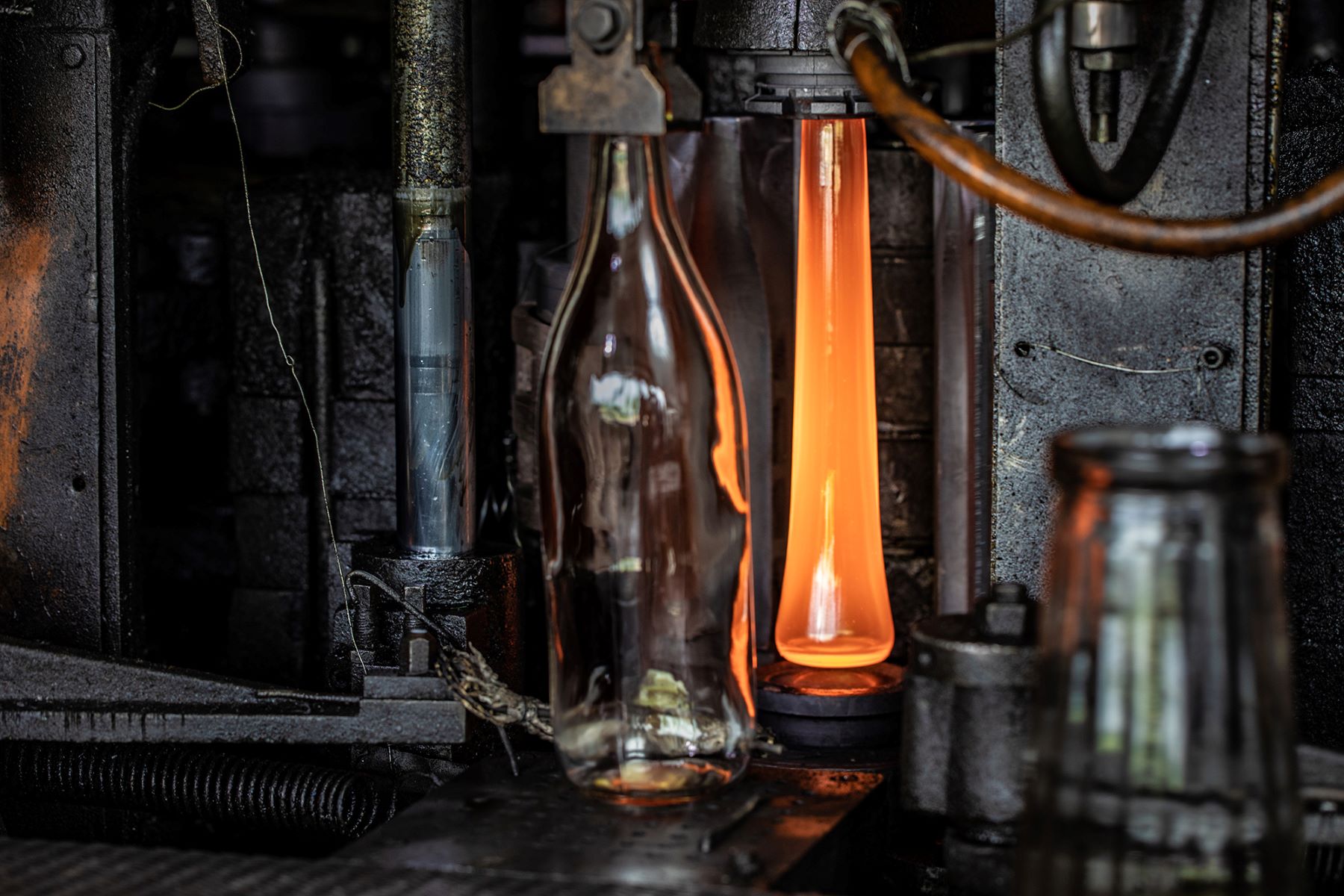

Interior Design Trends
At What Temperature Is Glass Made?
Modified: February 18, 2024
Discover the latest interior design trends and learn at what temperature glass is made. Stay updated with the latest trends in interior design.
(Many of the links in this article redirect to a specific reviewed product. Your purchase of these products through affiliate links helps to generate commission for Storables.com, at no extra cost. Learn more)
Introduction
Glass has been an integral part of human civilization for centuries, serving both functional and decorative purposes. Its unique properties and versatility have made it a staple in various industries, from construction and architecture to art and design. However, the process of creating glass is a fascinating and intricate one, with the temperature playing a crucial role in shaping its final form.
Understanding the temperature at which glass is made is essential for appreciating the artistry and science behind this ancient craft. From the mesmerizing art of glassblowing to the precision of modern glass manufacturing, the temperature factor remains a fundamental aspect of the process. In this article, we will delve into the intriguing world of glassmaking, exploring the temperature requirements and the factors that influence this critical element.
Glassmaking is a captivating blend of tradition and innovation, where artisans and engineers alike harness the transformative power of heat to mold and shape this remarkable material. Whether it's the delicate artistry of handcrafted glassware or the precision engineering of architectural glass, the temperature at which glass is made forms the cornerstone of this captivating process.
Join us on a journey through the mesmerizing world of glassmaking as we unravel the mysteries of temperature and its profound impact on the creation of this timeless substance. From the ancient techniques passed down through generations to the cutting-edge technologies of today, the temperature at which glass is made serves as the unifying force that bridges the past, present, and future of this extraordinary craft.
Key Takeaways:
- Glass is made at extremely high temperatures, over 1700 degrees Celsius, which transforms raw materials into molten glass. Different types of glass require specific temperature profiles based on their composition and intended use.
- The temperature at which glass is made is influenced by factors such as glass composition, application, manufacturing technique, thermal stress management, and technological advancements. These factors collectively shape the intricate process of glassmaking.
Read more: What Is Glass Made Of?
The Process of Making Glass
The process of making glass is a captivating fusion of artistry and science, where raw materials are transformed into a mesmerizing substance with a myriad of practical and aesthetic applications. This intricate process begins with the careful selection and combination of key ingredients, namely silica sand, soda ash, and limestone. These components form the foundation of glass production, each contributing unique properties to the final product.
Once the raw materials are gathered, they undergo a meticulous blending process to ensure a homogeneous mixture. This crucial step sets the stage for the subsequent transformation of the raw materials into molten glass. The blended ingredients are then subjected to intense heat within a furnace, reaching temperatures exceeding 1700 degrees Celsius. This extreme heat causes the raw materials to undergo a remarkable metamorphosis, transitioning from a solid state to a molten, viscous liquid.
As the ingredients reach their molten state, they are carefully manipulated and shaped by skilled artisans or precision machinery, depending on the specific glassmaking technique employed. From the time-honored art of glassblowing, where molten glass is delicately shaped by skilled craftsmen using traditional tools, to the cutting-edge methods of modern industrial glass production, the process of shaping molten glass is a testament to human ingenuity and creativity.
Once the molten glass has been shaped and formed to the desired specifications, it undergoes a controlled cooling process to ensure its structural integrity and desired properties. This gradual cooling phase is essential for preventing internal stresses within the glass, ultimately enhancing its strength and durability. The cooling process may vary in duration and method, depending on the type of glass being produced and its intended application.
The culmination of this meticulous process yields a diverse array of glass products, ranging from exquisite art glass and intricate ornaments to robust architectural panels and precision-engineered components. The versatility of glassmaking techniques allows for the creation of a stunning variety of glass products, each bearing the unique imprint of the craftsmanship and expertise involved in its production.
In essence, the process of making glass is a harmonious blend of tradition, innovation, and precision, where the transformative power of heat converges with human skill and creativity to produce a substance of enduring beauty and utility. From the ancient origins of glassmaking to the cutting-edge technologies of the present day, this remarkable process continues to captivate and inspire, shaping the world around us in ways both seen and unseen.
The Temperature for Glass Making
The temperature at which glass is made plays a pivotal role in the entire glassmaking process, exerting a profound influence on the physical properties and characteristics of the final product. The transformation of raw materials into molten glass occurs at remarkably high temperatures, typically exceeding 1700 degrees Celsius in industrial glass production. This extreme heat is essential for inducing the transition of the solid raw materials into a molten, viscous state, allowing for the subsequent shaping and manipulation of the glass.
The specific temperature requirements for glassmaking are dictated by the composition of the raw materials and the desired properties of the finished glass product. Different types of glass, such as soda-lime glass, borosilicate glass, and lead glass, each have distinct temperature profiles tailored to their unique chemical compositions and intended applications. For instance, borosilicate glass, renowned for its exceptional thermal resistance and durability, necessitates higher melting temperatures compared to soda-lime glass, which is commonly used in everyday glassware and containers.
In the traditional art of glassblowing, where skilled artisans craft exquisite glass objects using age-old techniques, the temperature at which glass is worked is meticulously controlled through the use of furnaces and reheating chambers. The glassblower's intimate knowledge of the material's behavior at different temperatures allows for precise manipulation and shaping, resulting in the creation of intricate and delicate glass artworks.
Furthermore, the temperature gradient during the cooling phase of glass production is carefully managed to prevent thermal shock and ensure the structural integrity of the glass. This controlled cooling process is crucial for minimizing internal stresses within the glass, ultimately enhancing its strength and resilience. The cooling rate and annealing temperature are tailored to the specific type of glass being produced, with meticulous attention paid to achieving the desired optical clarity and mechanical properties.
In the realm of industrial glass manufacturing, advanced technologies and precise temperature control systems are employed to achieve consistent and reproducible results. The use of electrically heated furnaces, gas-fired furnaces, and advanced thermal profiling techniques enables manufacturers to fine-tune the temperature parameters to meet the exacting standards of modern glass products.
In essence, the temperature for glassmaking serves as a linchpin in the intricate dance of transforming raw materials into a captivating substance with an array of practical and artistic applications. Whether it's the delicate artistry of handcrafted glass objects or the precision engineering of architectural glass, the temperature at which glass is made stands as a testament to the harmonious fusion of tradition, innovation, and scientific precision in the captivating world of glassmaking.
Glass is made by heating a mixture of sand, soda ash, and limestone to around 1700°C (3090°F) in a furnace. This high temperature melts the ingredients together to form molten glass, which can then be shaped and cooled to create various glass products.
Factors Affecting Glass Making Temperature
The temperature at which glass is made is influenced by a myriad of factors that collectively shape the intricate process of glassmaking. Understanding these factors is essential for achieving precise control over the glassmaking temperature and ensuring the desired properties and characteristics of the final glass product.
-
Glass Composition: The chemical composition of the raw materials used in glass production significantly impacts the required melting and working temperatures. Different types of glass, such as soda-lime glass, borosilicate glass, and lead glass, possess distinct compositions that dictate their respective temperature profiles. For instance, borosilicate glass, known for its exceptional thermal resistance, necessitates higher melting temperatures compared to soda-lime glass, which is commonly used in everyday glassware.
-
Application and Function: The intended application and functional requirements of the glass product play a crucial role in determining the optimal glassmaking temperature. Glass products destined for architectural use, such as windows, facades, and structural panels, may require specific thermal properties and structural integrity, influencing the temperature parameters during the manufacturing process. Similarly, glassware designed for thermal shock resistance or optical clarity may undergo tailored temperature treatments to achieve the desired characteristics.
-
Manufacturing Technique: The choice of glassmaking technique, whether it's the traditional art of glassblowing or modern industrial manufacturing processes, influences the temperature requirements. Each technique demands precise temperature control to facilitate shaping, manipulation, and controlled cooling of the molten glass. The expertise of artisans and the precision of automated manufacturing systems converge with the temperature factor to produce a diverse range of glass products.
-
Thermal Stress Management: Managing thermal stresses within the glass is a critical consideration that affects the glassmaking temperature. The cooling rate and annealing temperature are meticulously controlled to minimize internal stresses and enhance the structural integrity of the glass. This aspect is particularly crucial in architectural and industrial glass applications, where the prevention of thermal shock and the achievement of consistent mechanical properties are paramount.
-
Technological Advancements: The evolution of glassmaking technologies and temperature control systems has revolutionized the industry, enabling precise temperature profiling and consistent results. Advanced electrically heated furnaces, gas-fired furnaces, and thermal profiling techniques empower manufacturers to fine-tune the temperature parameters, achieving unparalleled precision and reproducibility in glass production.
In essence, the interplay of glass composition, application requirements, manufacturing techniques, thermal stress management, and technological advancements collectively shapes the temperature at which glass is made. This intricate interplay underscores the dynamic nature of glassmaking, where tradition, innovation, and scientific precision converge to produce a diverse array of glass products that enrich our lives in countless ways.
Conclusion
The temperature at which glass is made stands as a pivotal factor in the captivating realm of glassmaking, exerting a profound influence on the physical properties, characteristics, and applications of this remarkable material. From the ancient art of glassblowing to the cutting-edge technologies of modern industrial glass production, the temperature factor serves as a unifying thread that weaves through the rich tapestry of glassmaking, bridging tradition, innovation, and scientific precision.
The process of making glass is a harmonious fusion of artistry and science, where raw materials undergo a mesmerizing metamorphosis under the transformative power of heat. The careful selection and blending of key ingredients, the intense heat of the furnace, the delicate shaping and manipulation of molten glass, and the controlled cooling process collectively culminate in the creation of a diverse array of glass products, each bearing the unique imprint of human creativity and expertise.
The specific temperature requirements for glassmaking are tailored to the chemical composition of the raw materials, the intended application and function of the glass product, the chosen manufacturing technique, and the imperative need to manage thermal stresses within the glass. These factors converge to shape the temperature profiles that define the intricate dance of transforming raw materials into a captivating substance with an array of practical and artistic applications.
The evolution of glassmaking technologies and temperature control systems has revolutionized the industry, empowering manufacturers to achieve unparalleled precision and reproducibility in glass production. The interplay of tradition, innovation, and scientific precision underscores the dynamic nature of glassmaking, where the transformative power of heat converges with human skill and creativity to produce a substance of enduring beauty and utility.
In essence, the temperature at which glass is made encapsulates the timeless allure of this ancient craft, serving as a testament to the ingenuity, artistry, and scientific rigor that define the captivating world of glassmaking. As we marvel at the exquisite glass objects that enrich our lives, let us also appreciate the profound role played by temperature in shaping this extraordinary material, from its molten inception to its final form.
Frequently Asked Questions about At What Temperature Is Glass Made?
Was this page helpful?
At Storables.com, we guarantee accurate and reliable information. Our content, validated by Expert Board Contributors, is crafted following stringent Editorial Policies. We're committed to providing you with well-researched, expert-backed insights for all your informational needs.
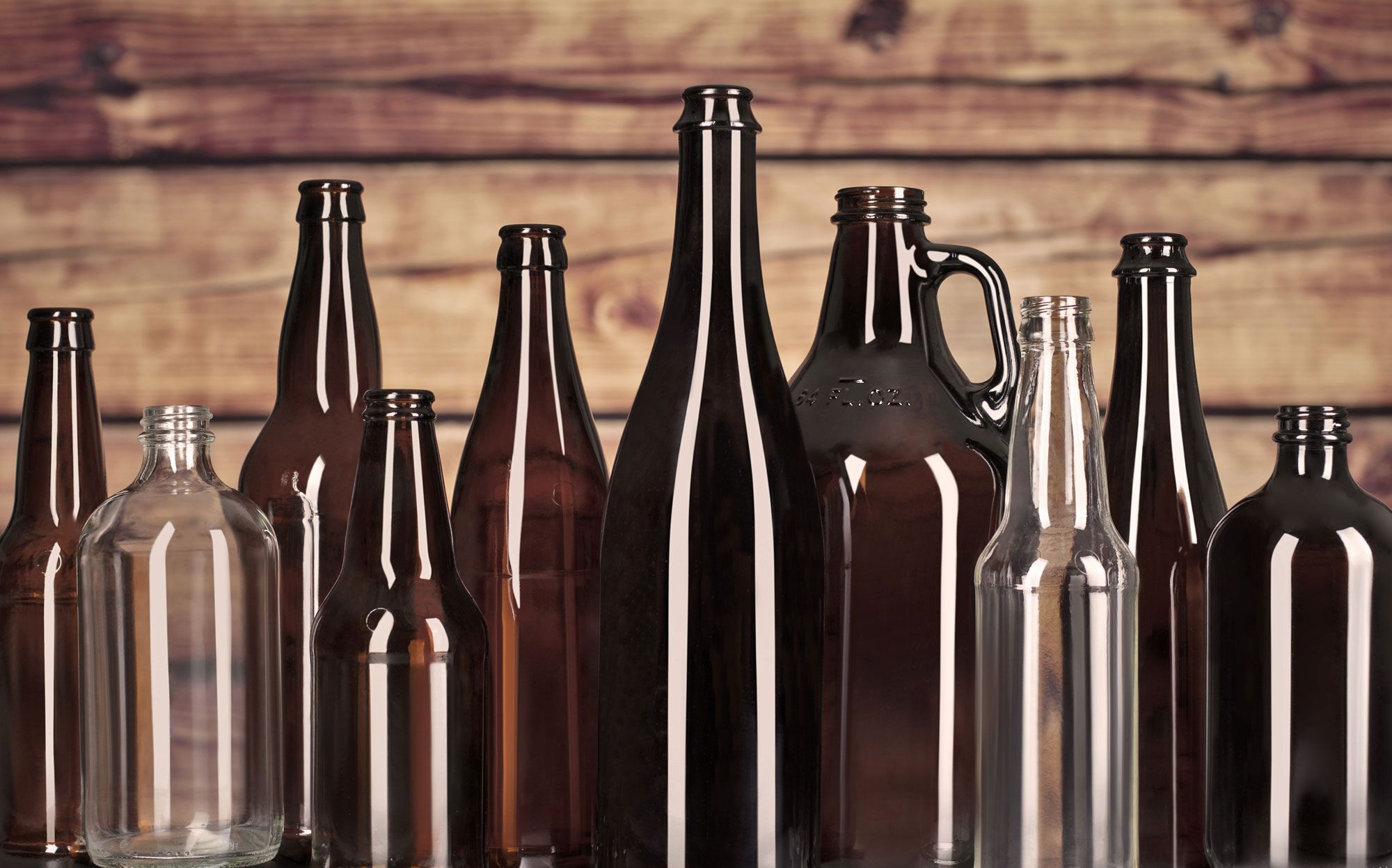
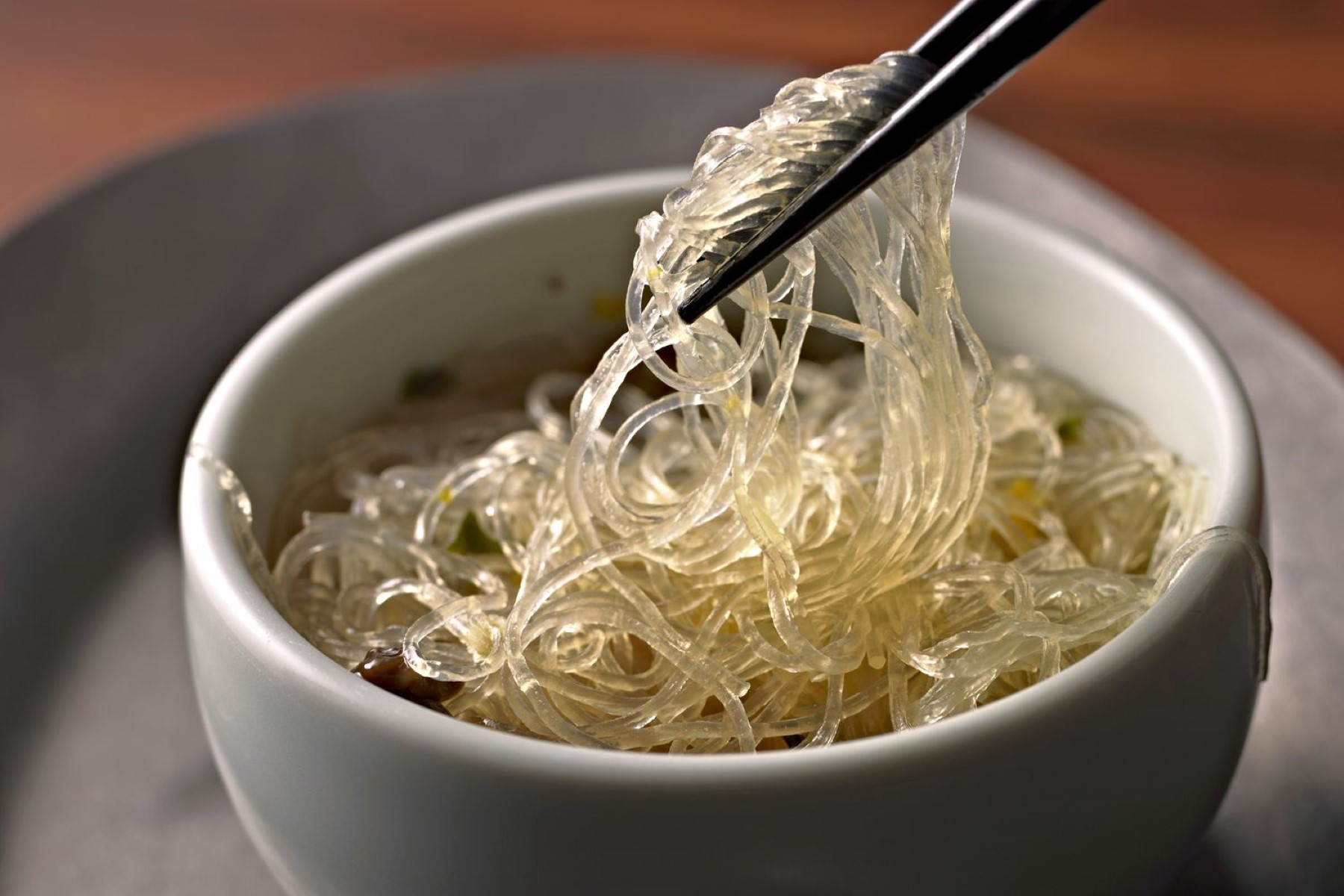

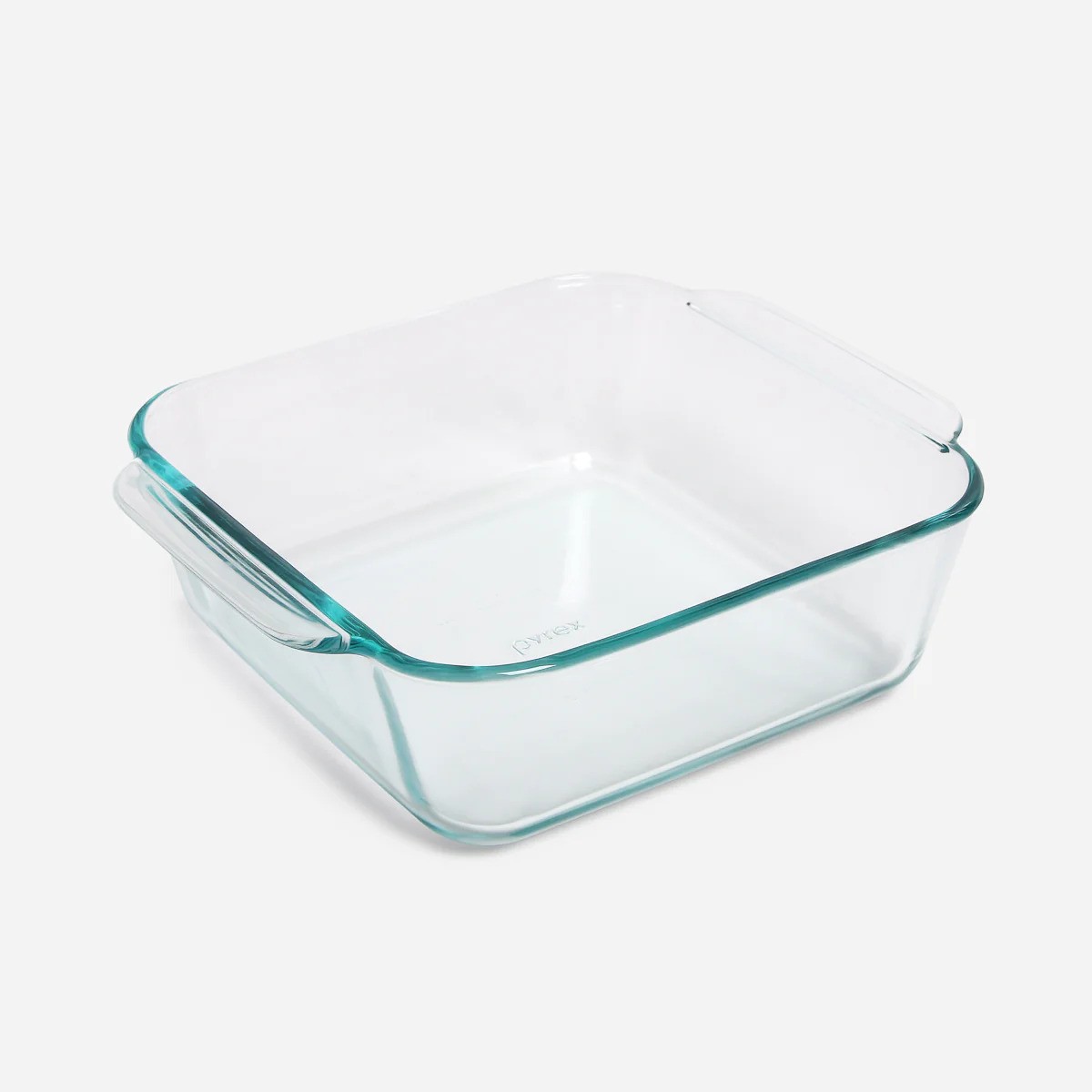
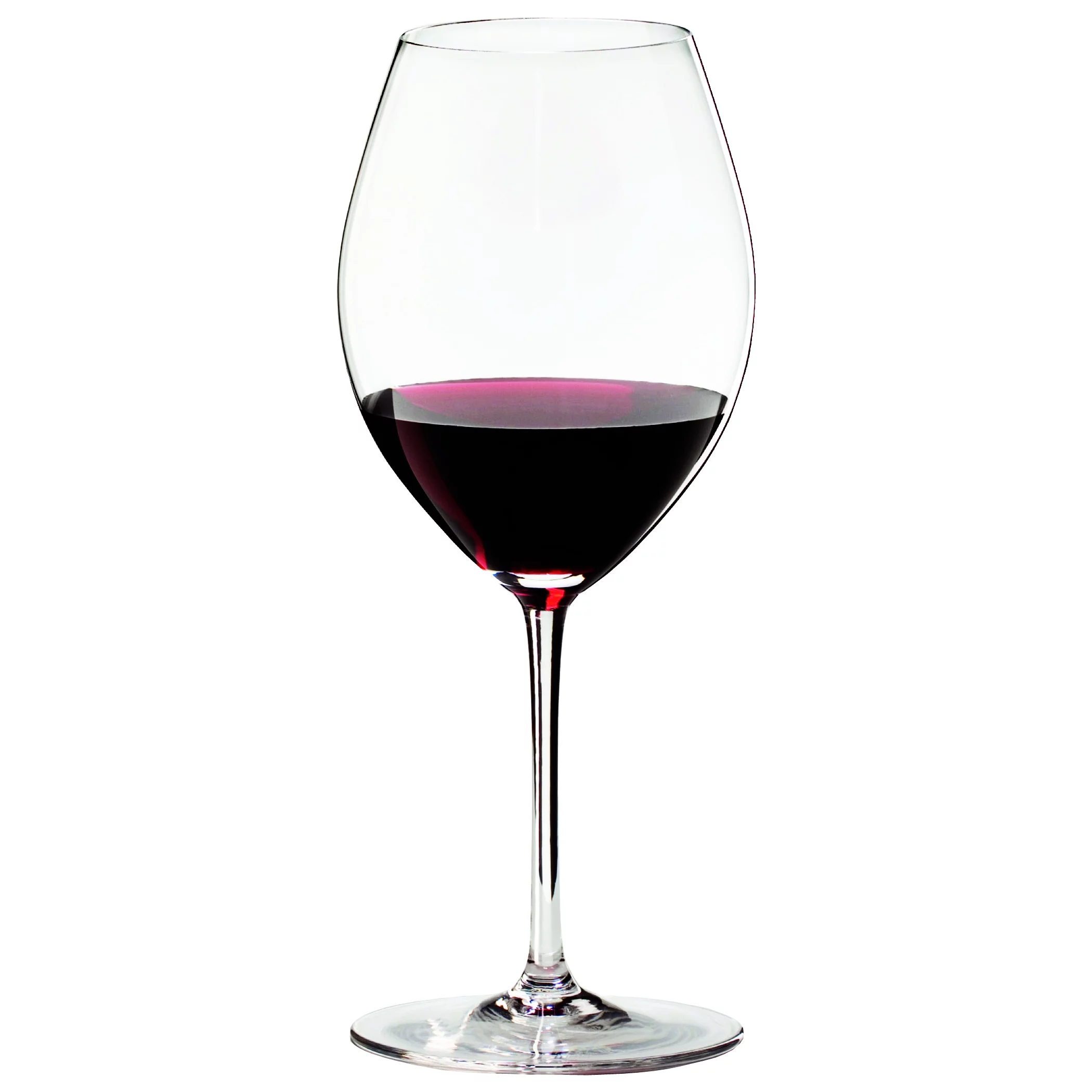
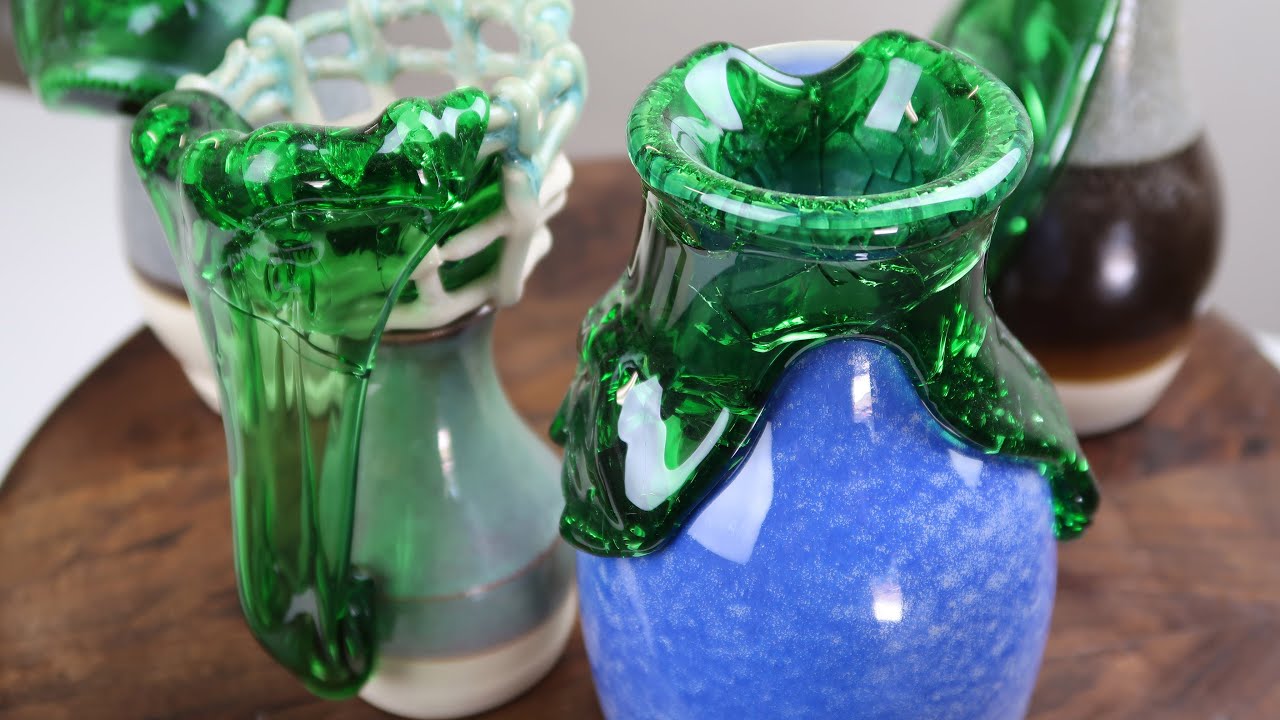
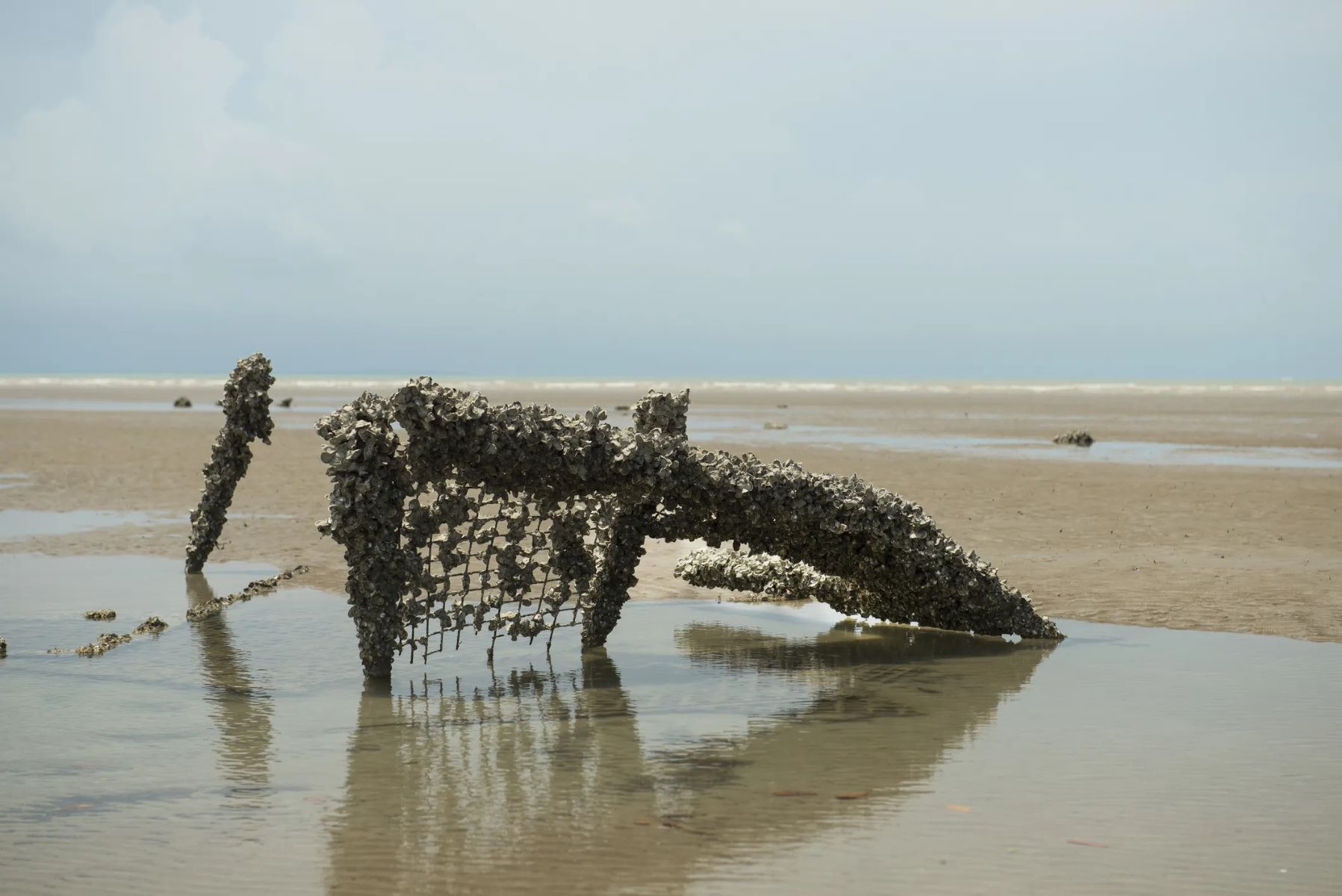
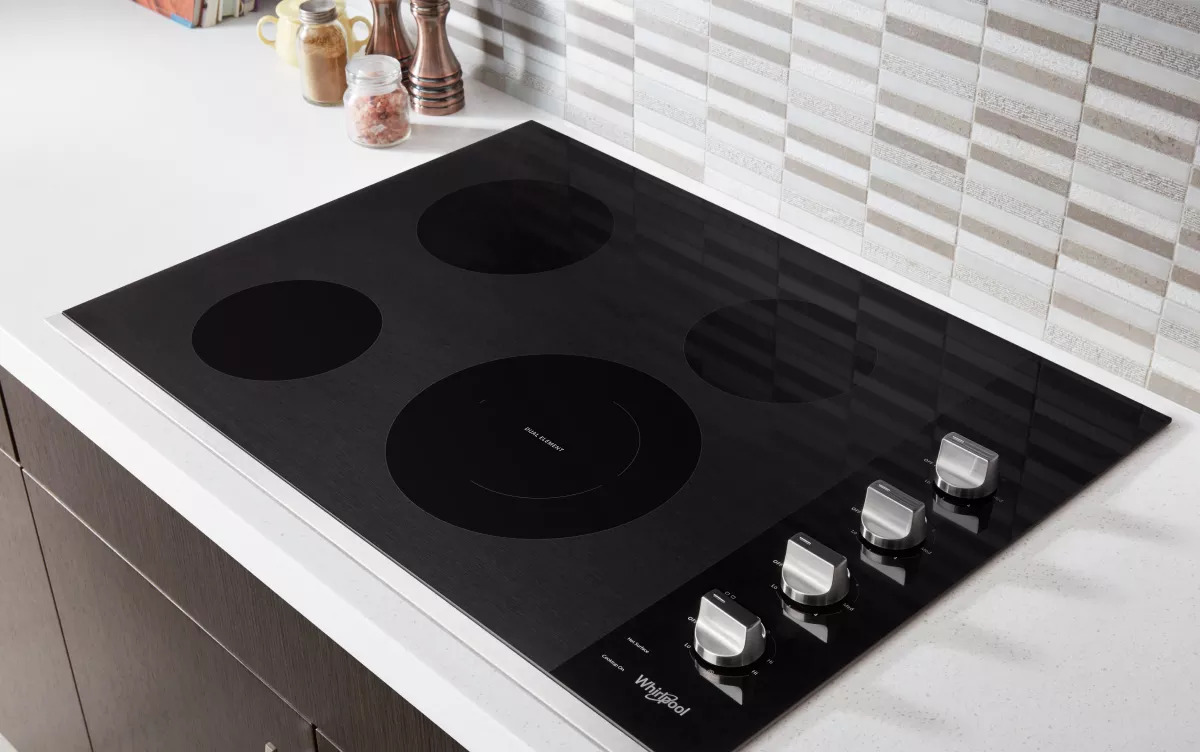
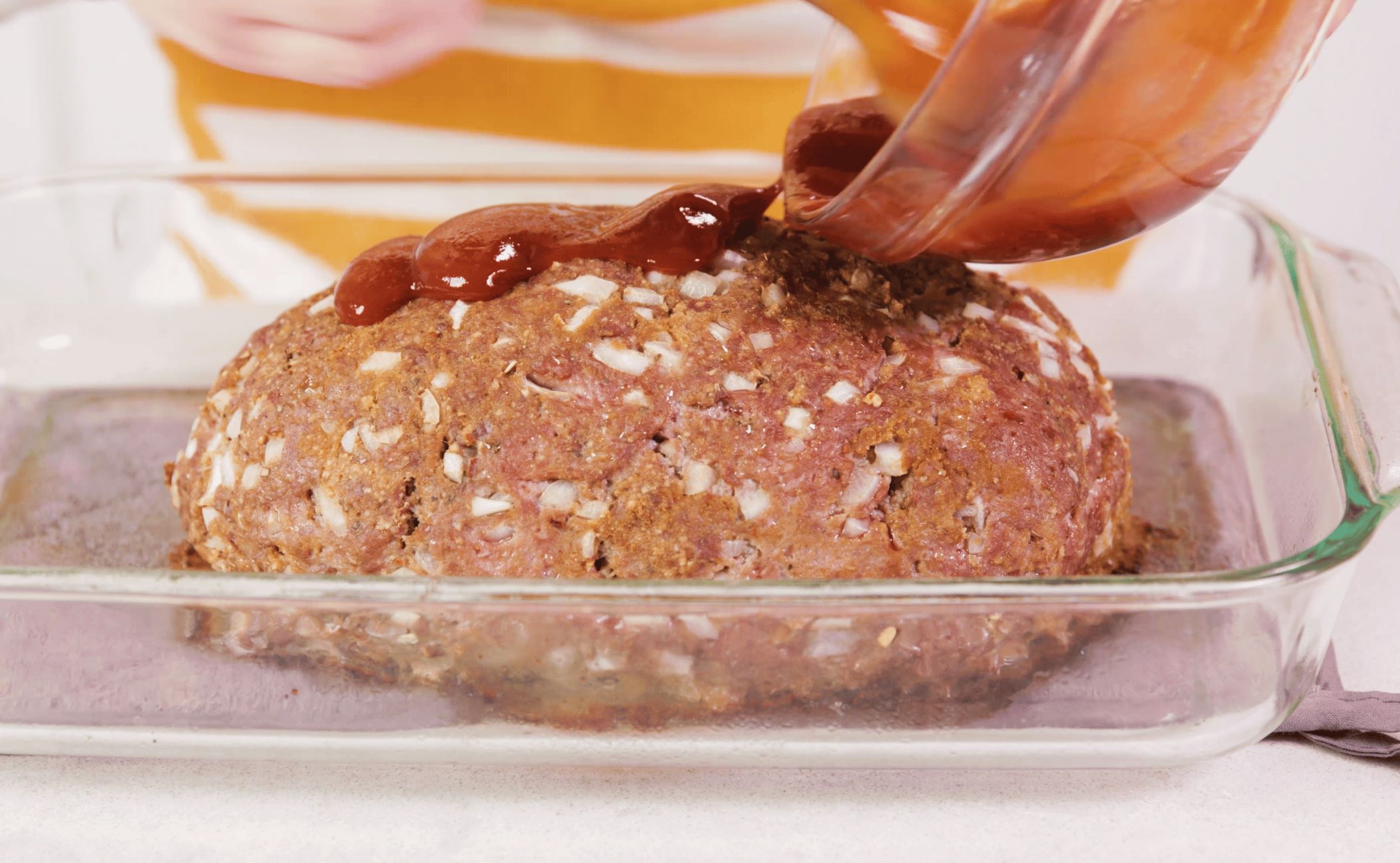
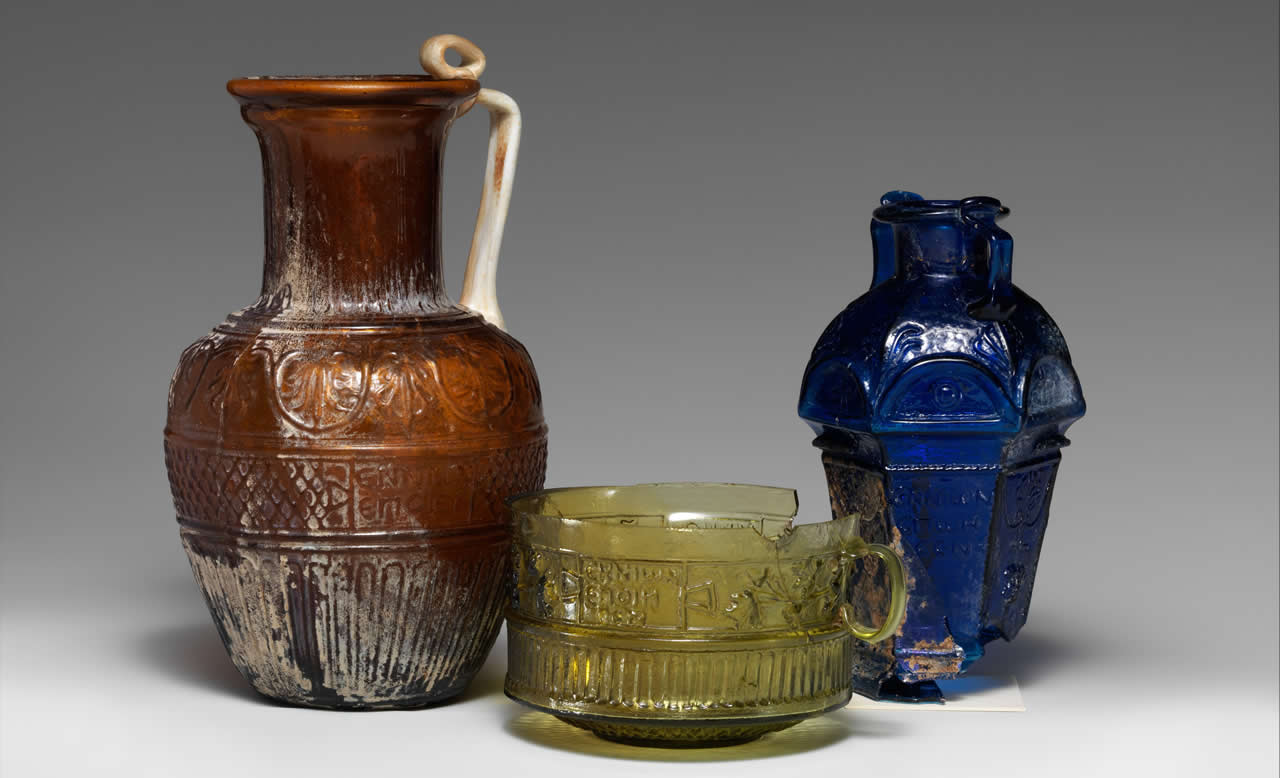
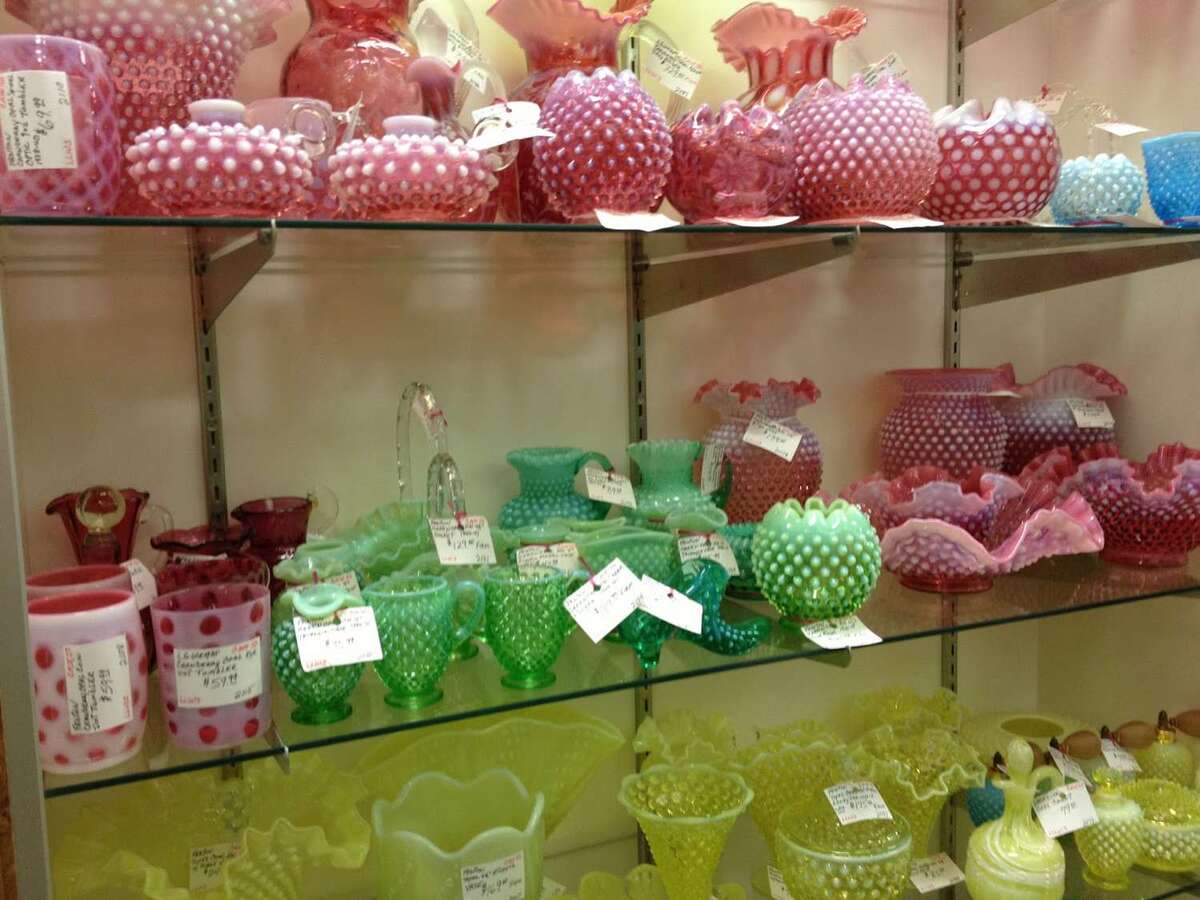
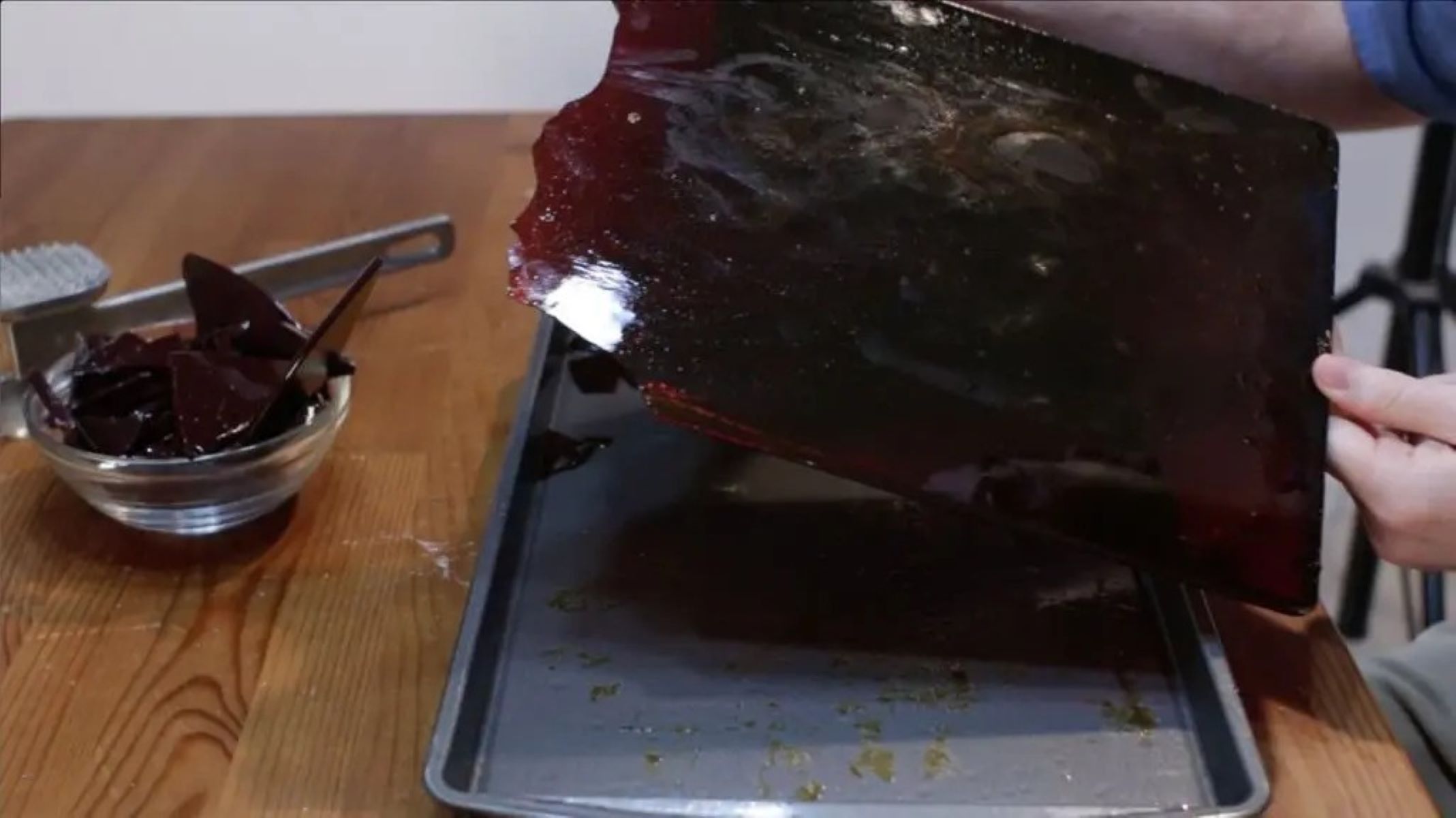
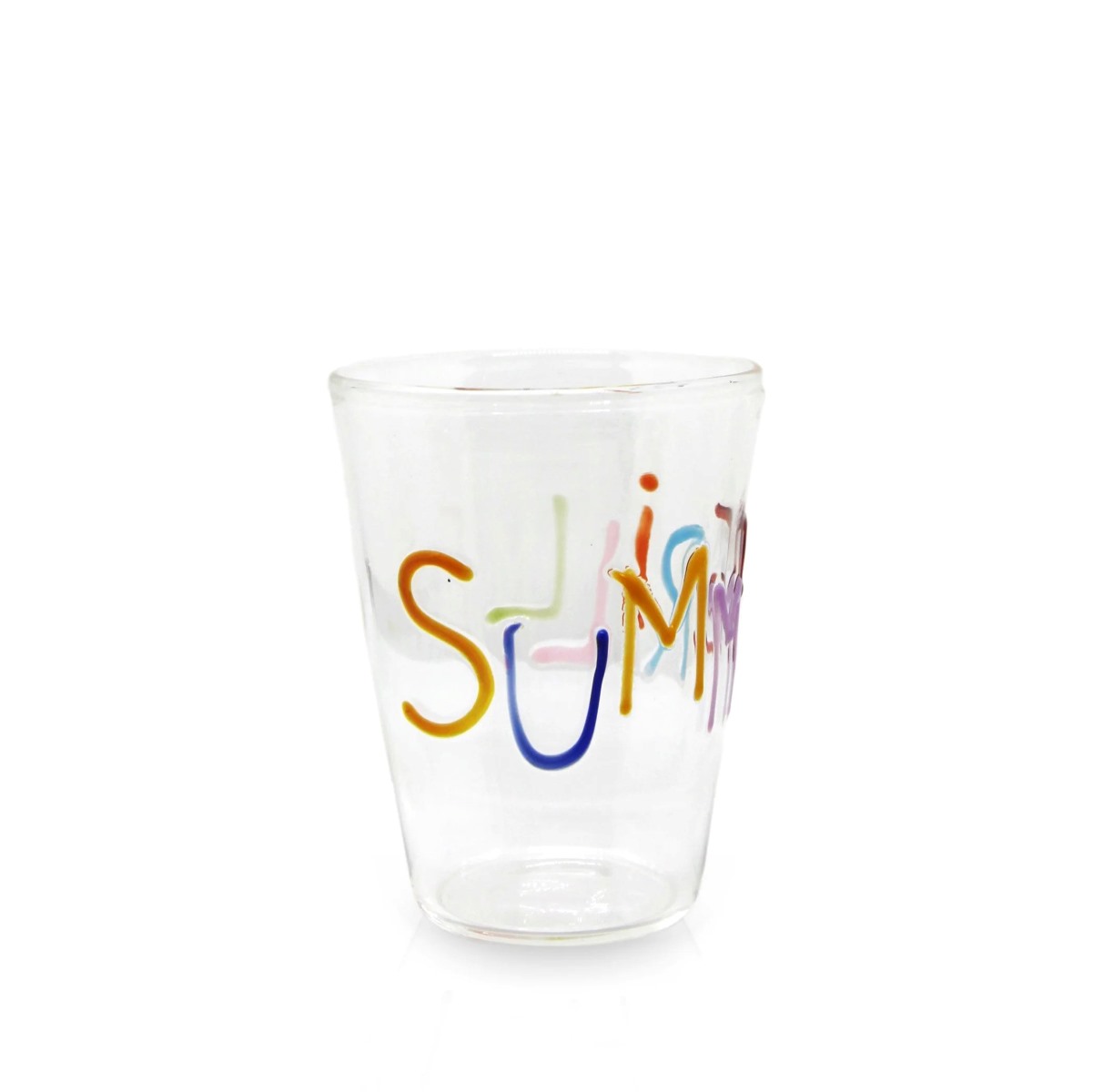
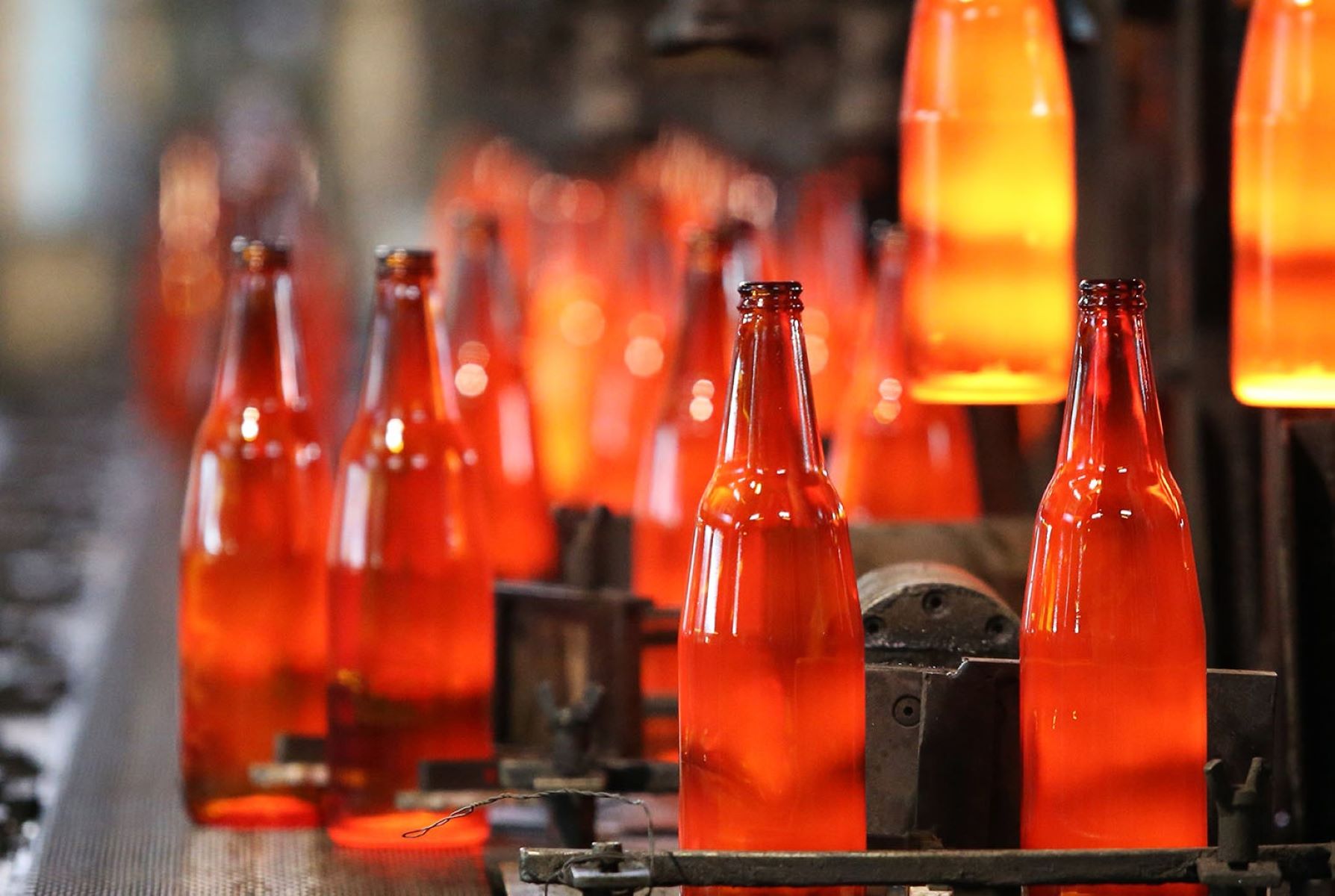
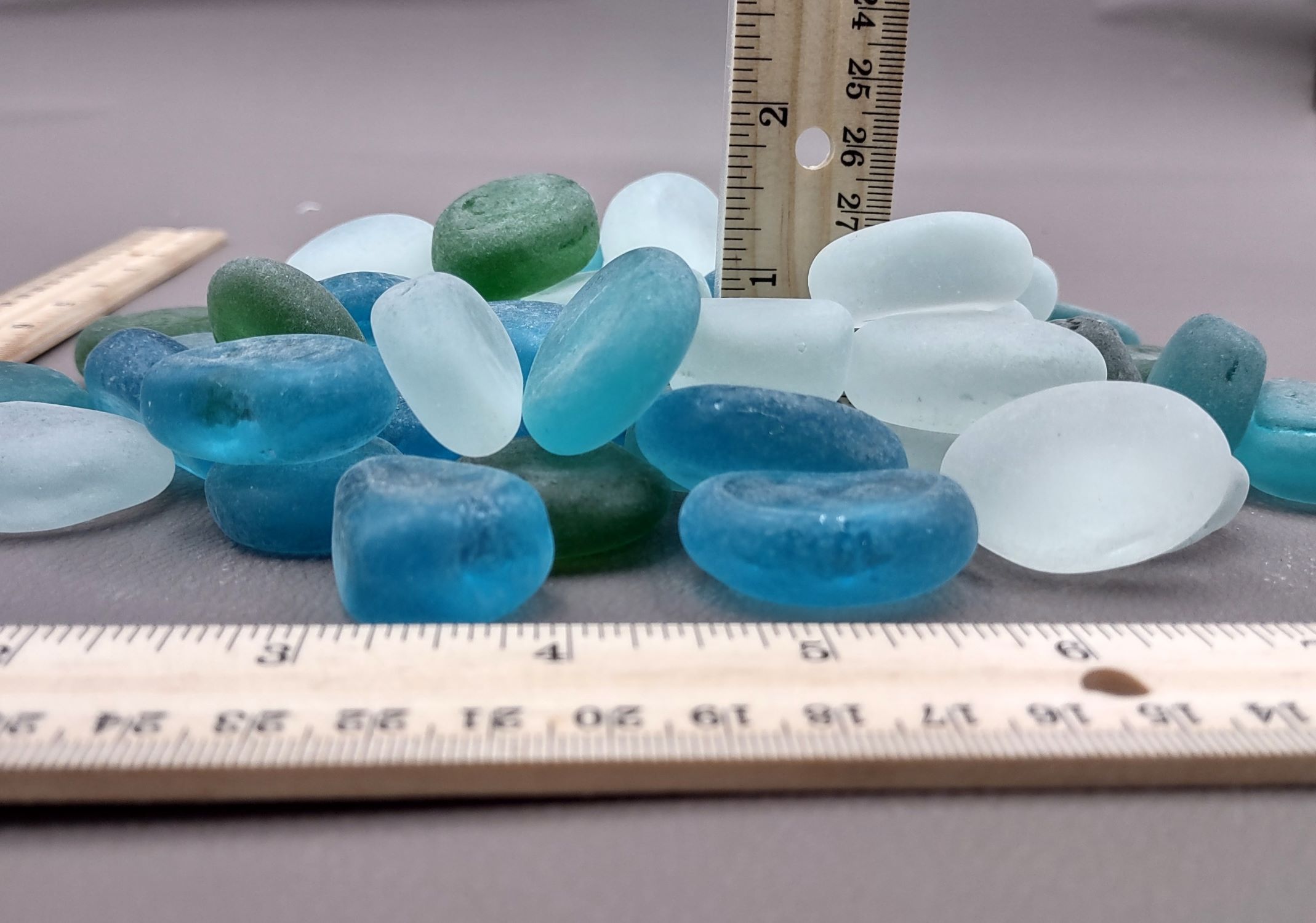

0 thoughts on “At What Temperature Is Glass Made?”